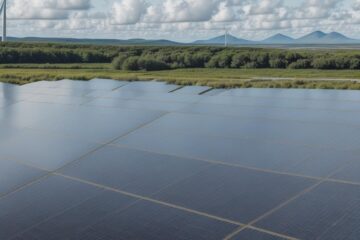The ongoing conflict between Ukraine and Russia has had a significant impact on gas prices and the security of supply in Europe.
While the European Union has so far been able to weather the energy crisis caused by the war, preparations must be made for the winter of 2023-24. This requires gas storage facilities to be 90 percent full by 1 October 2023, which means that demand reduction is necessary.
Assuming limited Russian exports continue and weather conditions are typical, demand up to 1 October 2023 must remain 13 percent lower than the previous five-year average. The EU should extend its demand-reduction target, which is currently set to expire on 31 March 2023. This will allow the EU to achieve the 90 percent storage target and prepare for the winter of 2023-24.
Two variables will determine how easily the target can be met: LNG supply and the nature of demand reductions. Plans for rapid deployment of regasification units will alleviate concerns over LNG import infrastructure capacity. However, the EU will continue to compete internationally for LNG cargoes, and will remain vulnerable to global dynamics. Strong economic growth in China, for example, could further tighten markets.
The way demand is reduced will determine the economic consequences. Large reductions in industrial gas demand have not been accompanied by dramatic drops in industrial output, suggesting good substitution options.
However, hardly any gas was saved in the power sector last year, because of weak nuclear and hydro output. The return of French nuclear output will therefore be a huge positive. Finally, households have reduced gas demand, partly driven by warmer than usual weather. Record numbers of heat pumps were deployed in 2022, suggesting the start of a structural shift away from gas demand for heating.
Policy should support a continued structural shift away from gas. This involves enabling rapid deployment of renewables and the accompanying grid infrastructure, energy-efficiency measures, help for households that want to switch to cleaner heating, and collaboration with industry to accelerate adoption of new low-carbon production methods.
It is clear that the future of gas prices and the security of supply in Europe are closely linked to geopolitical developments, as well as global energy market dynamics. While the EU has so far managed to cope with the impact of the Ukraine war on gas demand, there are still challenges that need to be addressed. By extending its demand-reduction target and supporting a shift away from gas, the EU can better prepare for future energy crises and ensure a more sustainable energy future.



